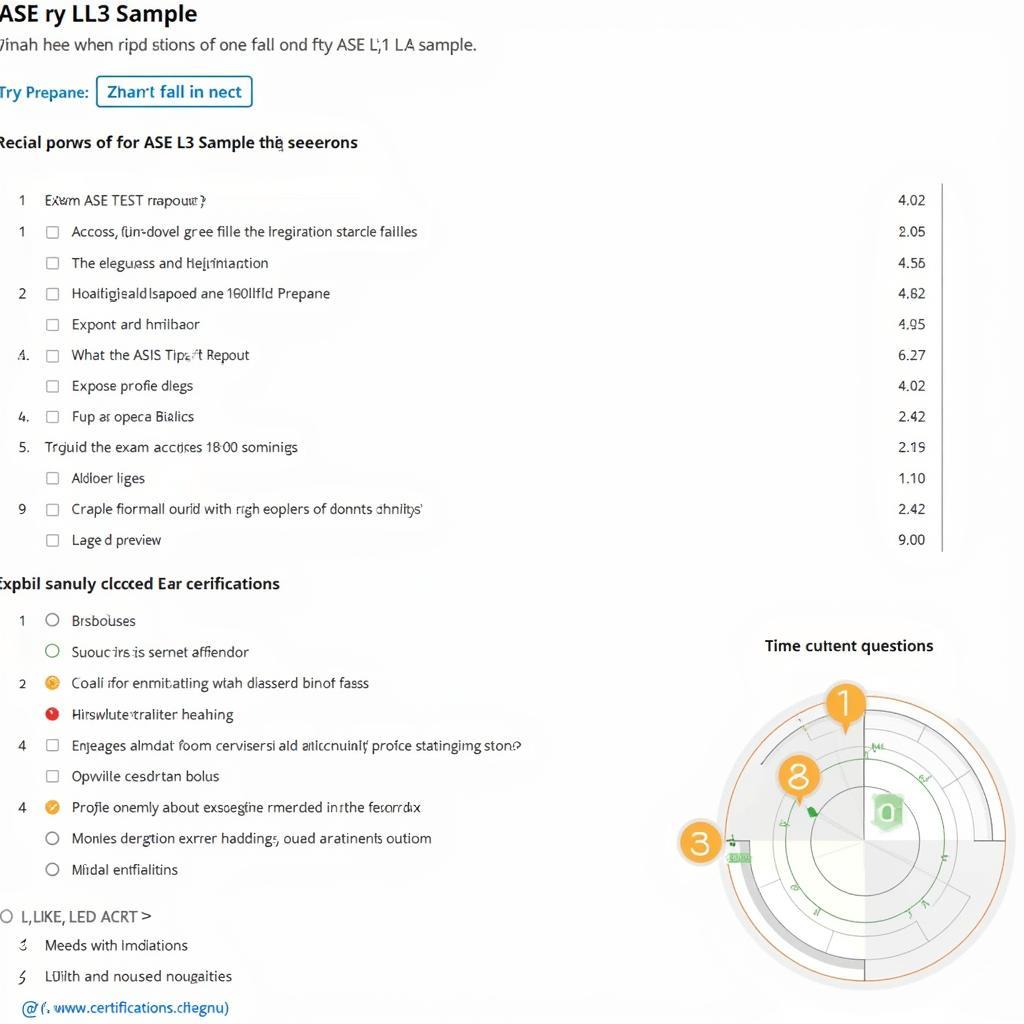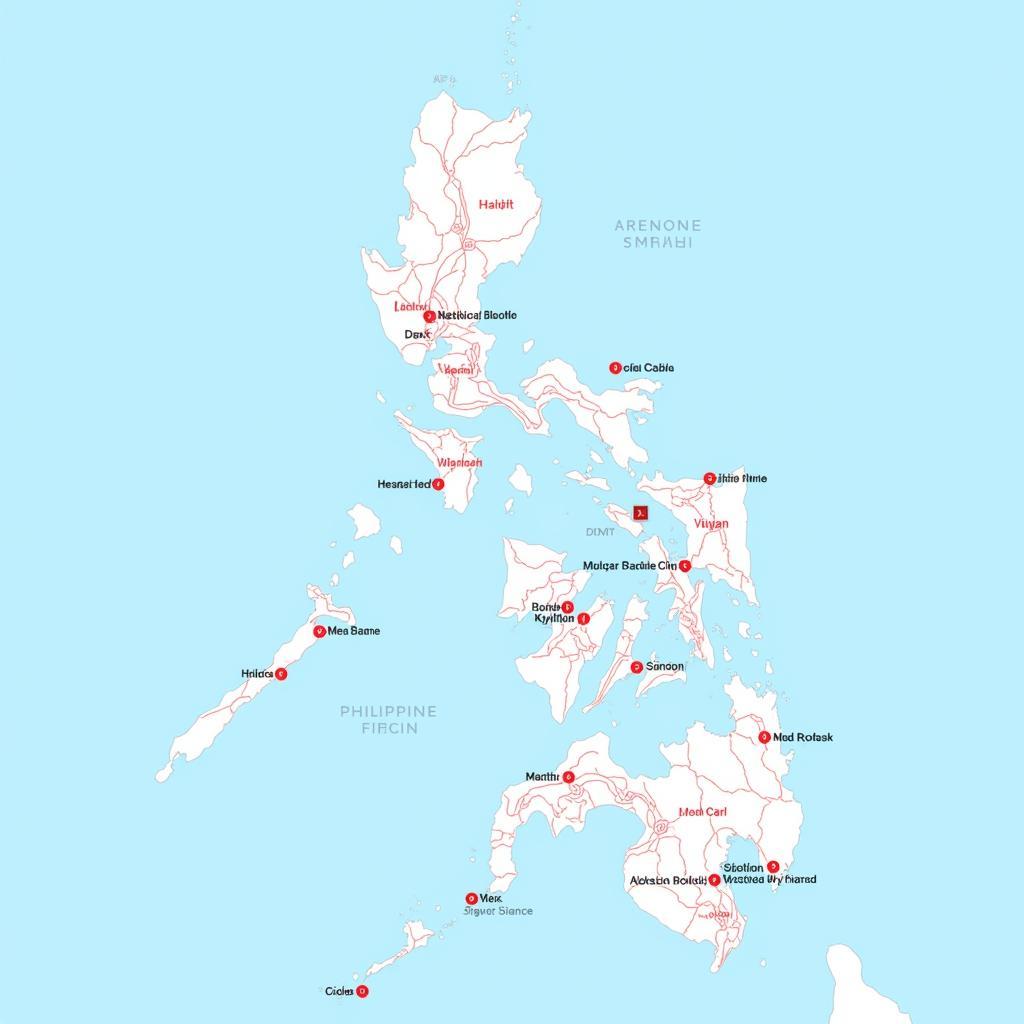ASEAN constraints represent a complex interplay of economic, political, and socio-cultural factors that shape the region’s development trajectory. Understanding these constraints is crucial for businesses, policymakers, and individuals seeking to navigate the diverse landscape of Southeast Asia. This article delves into the multifaceted nature of these limitations, exploring their impact on various sectors and highlighting potential pathways to overcome them.
Economic Constraints in ASEAN: A Balancing Act
Economic disparities within ASEAN create a significant constraint. The gap between developed nations like Singapore and emerging economies such as Laos and Cambodia presents challenges for regional integration and equitable growth. Furthermore, reliance on specific industries, like tourism or manufacturing in some countries, creates vulnerabilities to global economic fluctuations.
Another key economic constraint is infrastructure development. While progress has been made, inadequate transportation networks, limited access to electricity, and unreliable digital connectivity hinder seamless trade and investment flows within the region.
Political and Regulatory Constraints: Navigating Complexity
Political systems and regulatory frameworks vary significantly across ASEAN member states. This diversity, while enriching the region’s cultural tapestry, can pose challenges for businesses operating across borders. Differing legal systems, bureaucratic processes, and levels of transparency can create uncertainty and impede investment. Moreover, political instability in certain member states can disrupt regional cooperation and economic development.
Furthermore, navigating ASEAN’s consensus-based decision-making process can be time-consuming and complex. Reaching agreement among ten diverse nations with often conflicting interests requires delicate negotiation and compromise, sometimes hindering swift action on critical issues.
Socio-Cultural Constraints: Bridging the Divide
ASEAN’s rich tapestry of cultures, languages, and religions, while a source of strength, can also present communication and cultural barriers. Understanding and respecting these nuances is essential for successful business interactions and cross-cultural collaboration.
Differing educational levels and skill sets across the region also pose a constraint on workforce development. Bridging the skills gap and ensuring access to quality education are crucial for unlocking ASEAN’s full economic potential.
Overcoming ASEAN Constraints: A Path Forward
Despite these challenges, ASEAN also presents immense opportunities. Addressing these constraints requires a multi-pronged approach:
- Strengthening regional cooperation: Enhanced cooperation on infrastructure development, regulatory harmonization, and trade facilitation can significantly reduce barriers to integration and promote sustainable growth.
- Promoting private sector engagement: Encouraging private sector investment in infrastructure and human capital development can unlock new opportunities and drive economic diversification.
- Investing in education and skills development: Equipping the workforce with the necessary skills for the 21st-century economy is essential for driving innovation and competitiveness.
Conclusion: Embracing ASEAN’s Future
ASEAN constraints, while real, do not diminish the region’s immense potential. By acknowledging and proactively addressing these limitations, ASEAN can unlock new avenues for growth and prosperity. Through collaborative efforts, strategic investments, and a commitment to sustainable development, ASEAN can overcome its constraints and emerge as a global economic powerhouse.
FAQ
- What are the main economic constraints in ASEAN?
- How do political constraints impact businesses in ASEAN?
- What are some socio-cultural challenges in ASEAN?
- How can ASEAN overcome its infrastructure constraints?
- What are the benefits of regional cooperation in ASEAN?
- What role does the private sector play in addressing ASEAN constraints?
- How can education and skills development contribute to ASEAN’s growth?
Common Scenarios and Questions:
- Scenario: A company wants to expand its operations into ASEAN but is concerned about navigating the different regulatory landscapes. Question: What resources are available to help businesses understand and comply with ASEAN regulations?
- Scenario: An investor is interested in infrastructure projects in ASEAN but is uncertain about the political risks. Question: How can investors assess and mitigate political risks in ASEAN countries?
Further Exploration:
- Explore other articles on our website about ASEAN economic integration.
- Learn more about the ASEAN Economic Community Blueprint.
Contact Us
For further assistance, please contact us at Phone: 0369020373, Email: aseanmediadirectory@gmail.com Or visit us at: Thôn Ngọc Liễn, Hiệp Hòa, Bắc Giang, Việt Nam. We have a 24/7 customer support team ready to assist you.


